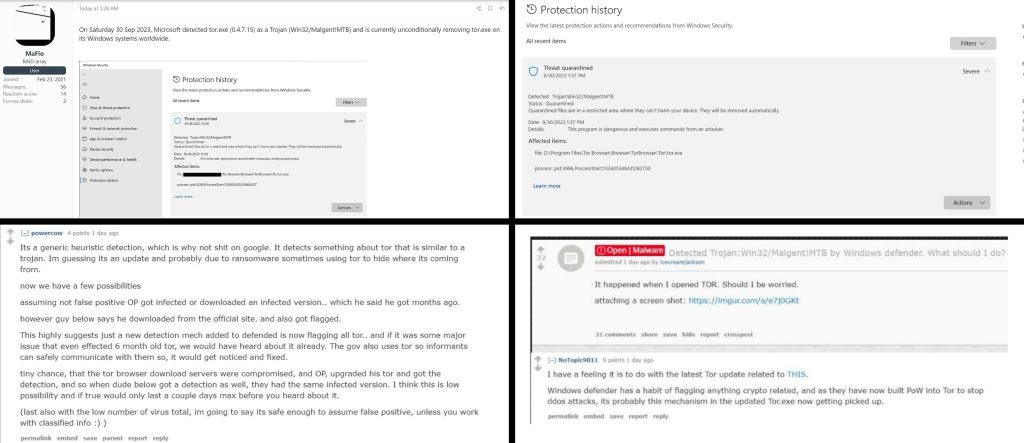Colorado public defender cyberattack may have exposed personal data
A screenshot shows redacted text messages provided to The Denver Post by the Governor’s Office of Information Technology in response to an open records request about the ransomware attack on the Office of the Colorado State Public Defender. (Image via Governor’s Office of Information Technology)
The Office of the Colorado State Public Defender has acknowledged personal data may have been stolen during a ransomware attack that crippled the statewide agency in early February — but won’t say much else about the ongoing effort to restore its systems after the hack.
Files “were copied without permission” during the cyberattack, which was discovered on Feb. 9, and those files may have included names, Social Security numbers, driver’s license numbers, medical information and health insurance information, the agency said in a statement Friday.
Officials from the public defender’s office are still investigating whose personal data may have been stolen, and whether the personal data of attorneys or their clients was compromised, they said. A statement on the agency’s website urges “individuals” to remain vigilant against identity theft and fraud.
It’s been more than a month since public defenders across the state were locked out of their computers and files in the ransomware attack and hundreds of court hearings were delayed over the next week because public defenders couldn’t do their jobs.
Officials this week refused to answer questions from The Denver Post about what particular parts of the agency’s systems remain inoperable. In a ransomware attack, hackers use malware to hold an organization’s data hostage then demand a payment in cryptocurrency in order for organizations to regain access to that data.
The public defender’s office also would not disclose the amount of ransom demanded or whether a ransom was paid. A statement on the agency’s website says the office has “made progress in returning to full operations.”
Heavily redacted emails and text messages released to The Post by the Governor’s Office of Information Technology this week in response to an open records request mention the cyberattack recovery law…





